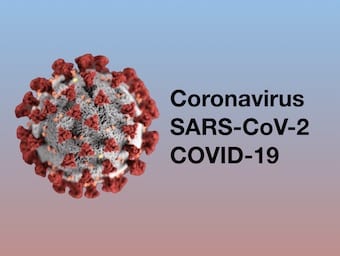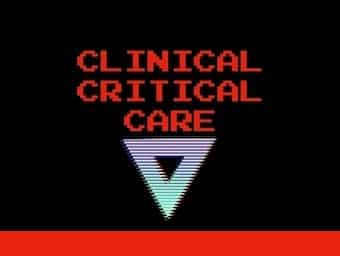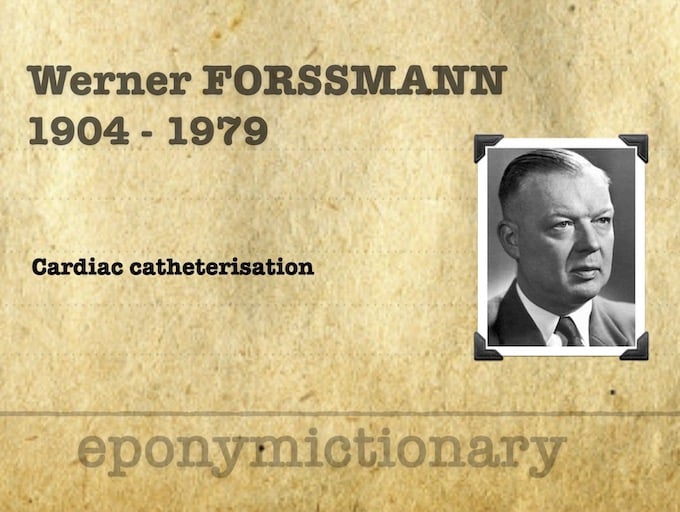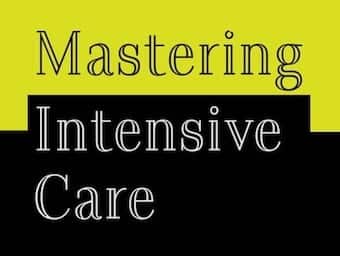
COVID STEROID 2 and the non-statistically significant result
COVID STEROID 2 was recently published in JAMA. How do you interpret the study findings given the non-statistically significant primary outcome?

COVID STEROID 2 was recently published in JAMA. How do you interpret the study findings given the non-statistically significant primary outcome?

A trauma patient has come in and they have a life threatening, non-compressible haemorrhage. We have a Code Crimson on our hands.

RCTs deliver the most reliable evidence to guide how we treat our patients but they are badly designed, inaccurately reported and misunderstood. We can do better.

ECMO is a life-saving intervention for critically ill patients, but patients describe a recovery period that can take months to years.

He blinded me with science (Critical care ultrasound) with Tom (Dolby) Rozen

Regardless of the underlying cause of the illness, the provision of meticulous supportive care is essential to the management of any critically ill patient. Back in 2005, Jean Louis Vincent popularised the FAST HUGS mnemonic for recalling the key issues to review when looking after a critically ill patient.

The scope of ultrasound in trauma; the evolution of point-of-care Ultrasound in Trauma, and the FAST examination with Resa Lewiss

Werner Theodore Otto Forßman (1904 - 1979) was a German Doctor, Nobel Laureate and a pioneer of interventional cardiology.

Dr Laura Rock describes how a simple emotion response tool, GIVE, can be used to help us connect, understand, and support one another. This is even more important during the COVID-19 pandemic.

Flavia Machado - Improving communication, saying “I don’t know” and working with limited resources

Introduction to a series of posts titled "COVID-19: Keeping the baby in the bath", focusing on the need to build on existing knowledge in critical care and the appropriate testing of new therapies and innovations.

Overcoming uncertainty in the Age of COVID-19. Part 7 of the "COVID-19: Keeping the baby in the bath" series.